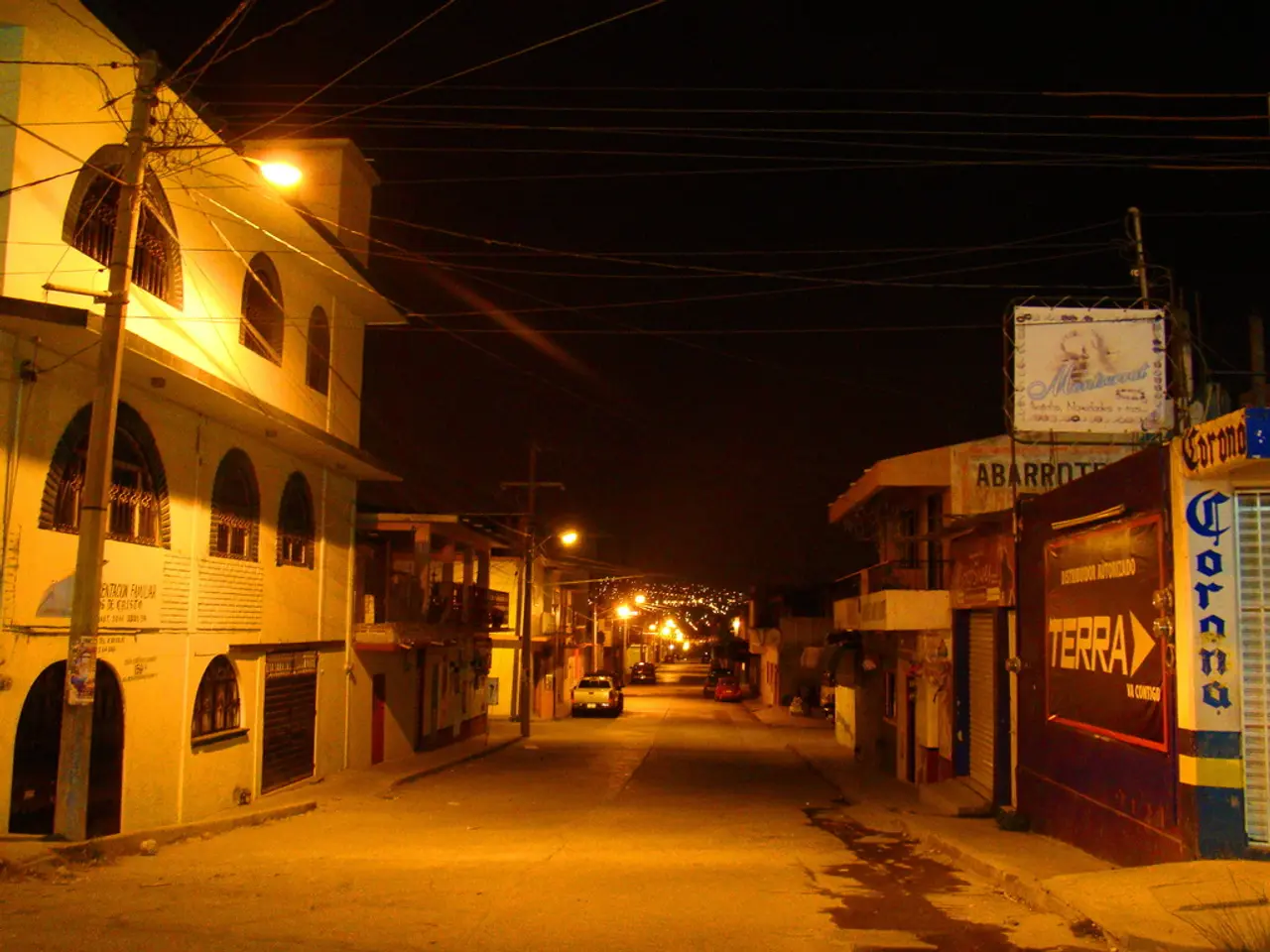German Engineer's Invention Eases Low-Voltage Grid Strain from Electric Cars
Germany's power grid, spanning 1.8 million kilometers, is predominantly low-voltage (65%). As electric car usage surges, especially in the evenings, these grids face potential overloads. Stefan Lang, an engineer at Technical University of Kaiserslautern (TUK), has developed a network regulator to tackle this challenge.
Lang's regulator measures and counteracts changes in electricity demand across different lines. It has been successfully tested on the TUK campus and in a power grid near Landau, with support from industry partners like EnBW Energie Baden-Württemberg AG and Netze BW GmbH.
Currently, photovoltaic systems feed energy into low-voltage grids mainly during daylight hours. However, with the increasing adoption of electric cars, evening demand could overwhelm these grids. Excessive voltage or thermal stress can damage devices and power lines, highlighting the need for Lang's invention.
Germany plans to source 80% of its power supply from renewable energy by 2050. A significant portion of this renewable energy will be fed into low-voltage grids for household supply. Lang's network regulator is designed to manage this increased flow efficiently and safely.
As Germany transitions to renewable energy, low-voltage grids face new challenges. Stefan Lang's network regulator offers a solution to manage increased demand from electric cars and renewable energy sources. Successful tests indicate it can help prevent overloads and ensure the stability of low-voltage power supply networks.
Read also:
- Germany Uncovers 32 Suspected Social Security Fraud Cases in Hotel and Catering Industry
- Manufacturing Under Siege: State-Sponsored Hackers Target Intellectual Property
- Chile's $10B Green Energy Project Threatens World-Class Observatory
- Elon Musk Acquires 26,400 Megawatt Gas Turbines for Powering His AI Project, Overlooks Necessary Permits for Operation!







